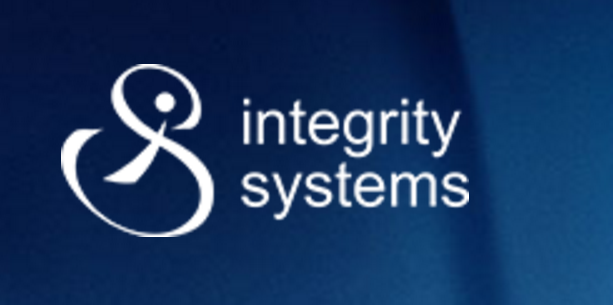Juniper Networks IDP Series for Luxury lifestyle retail chain
Description
Gaining wider business benefits from PCI Compliance and a technical support package to remain proactive.
Luxury lifestyle retail chain, Harvey Nichols, engaged Bytes Security Partnerships to provide a cost effective solution to meet PCI Compliance standards and implement an Intrusion Prevention System (IPS) which complimented existing SSL VPN and fire-wall technology..
Challenge
Like most retailers within the UK, Harvey Nichols was looking to further secure their network in line with PCI DSS standards.
In particular they had a requirement to implement Intrusion Prevention Systems (IPS).
Harvey Nichols was not a firm believer in the benefits of implementing an IPS solution but understood that this was key to becoming PCI Compliant.
The task Bytes Security Partnerships (BSP) faced was to recommend a solution that was not simply a ‘tick in the box’ solution but also offered added benefits to the business.
BSP needed to find a solution that not only satisfied their business requirements but also further developed into a sound investment that was easily cost- justifiable.
Solution
BSP presented a number of flexible solutions to Harvey Nichols who entered into consultation with a range of BSP technical experts in order to make an effective decision.As a result, Harvey Nichols and Bytes selected Juniper Networks IDP Series which also complimented existing SSL VPN and fire-wall technology deployed within the company.
Juniper Networks IDP Series appliances offer the latest capabilities in network intrusion prevention to protect the network from a wide range of attacks.
Using industry-recognised stateful inspection techniques, the IDP Series provides zero-day protection against worms, trojans, spyware, keyloggers, and other malware.
Additional benefits included a centralised management tool, which allowed Harvey Nichols to configure multiple devices from one interface, as well as giving quick visibility of network issues, which were previously difficult to trace.
Benefits
BSP met the requirements of Harvey Nichols within the timescales given, by providing a best-fit solution, proactive and responsive account management and direct access to second line engineers for technical enquiries.
The reliable and professional support and consultancy framework offered by BSP ensured the smooth introduction of the Juniper Networks appliances.
Overall the project has created a valued relationship between BSP and Harvey Nichols built on trust and professional understanding..
Bytes SP provided the know-how and expertise which helped us in turning around perceptions of PCI Compliance from a poisoned chalice to a useful business investment.
Infrastructure Manager, Harvey Nichols
Details
Business tasks
Reduce Costs
Enhance Staff Productivity
Ensure Security and Business Continuity
Problems
No control over data access
No IT security guidelines





